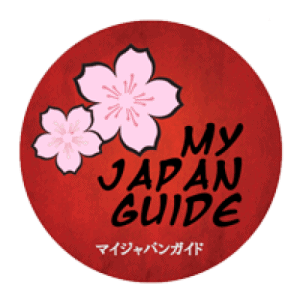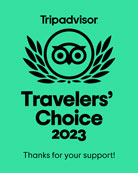The famous Tsukiji market in Tokyo (築地市場), the biggest fish market in the world, is about to move.
Because of its aging infrastructure, equipped with an outdated refrigeration system, Tsukiji has to move a few kilometers from its current location to Toyosu in Tokyo Bay. A planned trip for years and which, after much discussion and reports, will be realized in the month of November, although some opponents still struggle, because of the cost of the move and traces of pollution on the waterfront site due to the activity of a gas complex there.
Tsukiji Market, which opened in 1935 is a huge chaotic hall, surrounded by an “organized” mess, small fish shops, restaurants, hawkers, fishponds, where thousands of people work. It’s sad that Tsukiji moves say many Japanese working there, people liked to meet at Tsukiji, the new market will not have the same charm or soul.
The new market or Tsukiji Uogashi will open almost seamlessly few days after the old location closing in November but how Tsukiji’s old charm will be kept in this shiny new facility which looks more like a Mall is another story.


